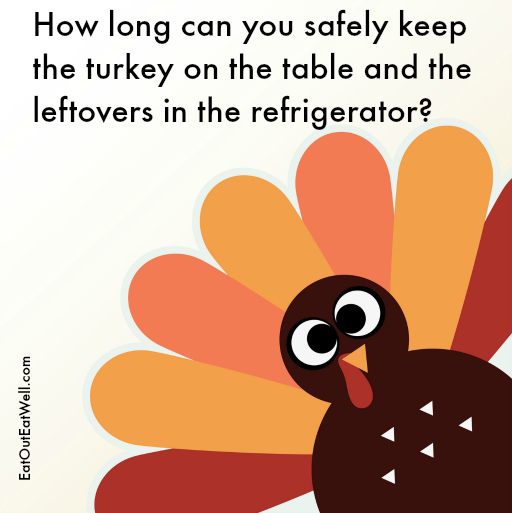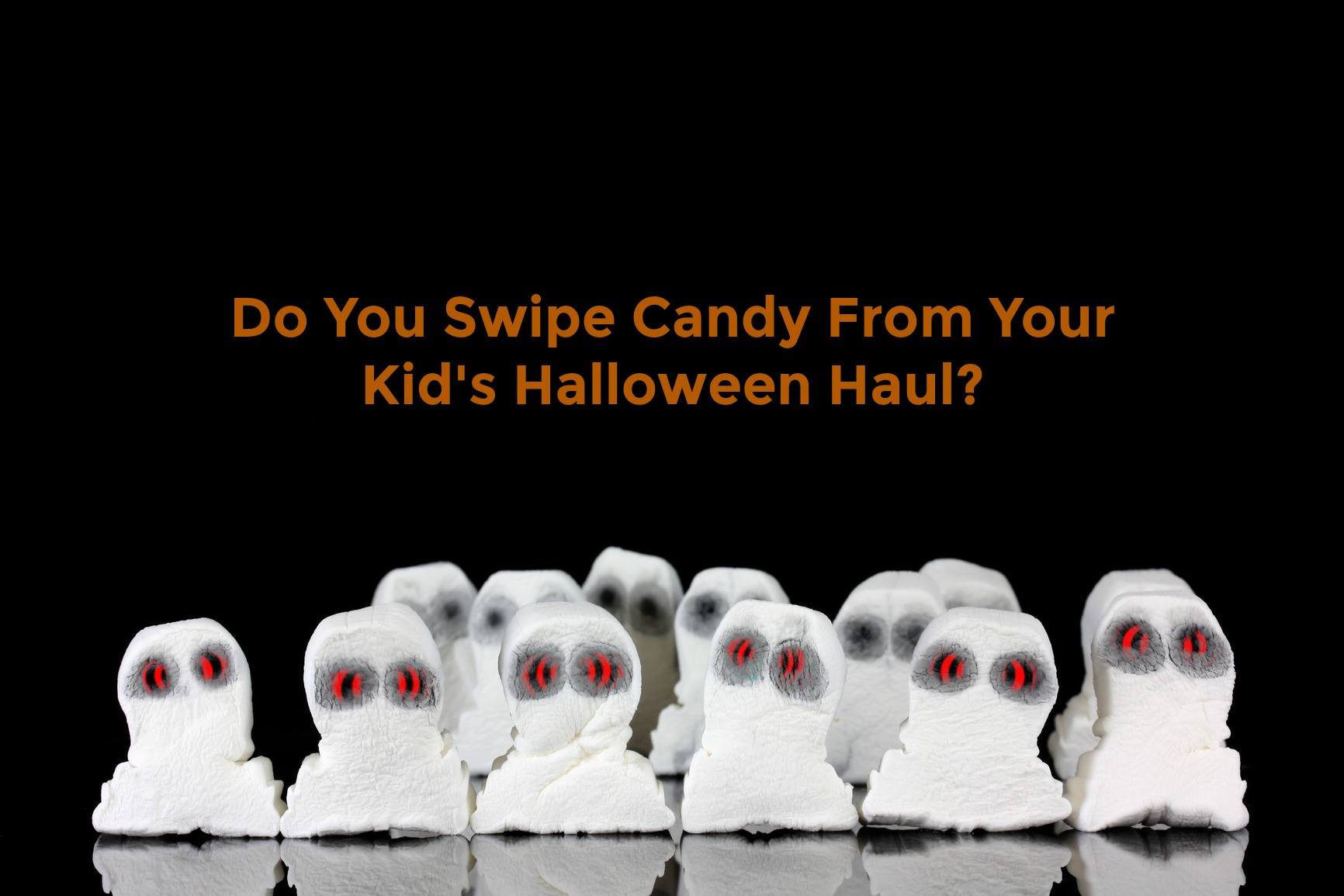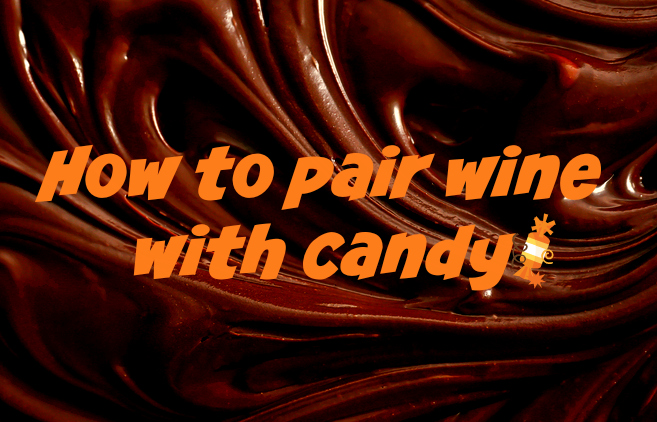
It seems that Santa has some weight challenges – no small wonder with all of the cookies and milk left out for him on Christmas Eve! Plus, he uses a sleigh pulled by reindeer so he just slides down the chimney. That might be a tough task with that belly and big bag of presents, but it doesn’t use up a whole lot of calories.
On Christmas Eve, Santa visits an estimated 92 million households. Walking.about.com figures that if all households were evenly distributed across the earth, Santa would travel 0.78 miles between houses — for a total of 71,760,000 (71.8 million) miles.
What Are Santa’s Stats?
According to NORAD, Santa tips the scale at 260 pounds and he’s 5’7” tall, giving him a BMI of 40.7 — which, unfortunately, makes him obese.
Walking.about.com guessing that Santa weighs 250 pounds and thinking that he’s a pretty fast walker because he does have to get his deliveries done in one night, estimates that Santa burns 13 billion calories on Christmas Eve.
If Santa climbed stairs delivering his presents, Big12Hoops calculated that he would climb the equivalent of 9.5 billion stairs. He would burn 0.11 calories for each stair, or 1.045 billion calories. That’s far fewer than 13 billion calories, but it’s still a whole lot of energy expenditure that would leave him mighty thin, maybe so thin that he could slip through a crack on Christmas morning.
Does Santa Need All The Milk and Cookies Left Out For Him?
Two small cookies and a cup of skim milk (no full fat dairy for Santa, he might have cholesterol issues) clock in at about 200 calories. If Santa snacked at each of the 92 million households, he would chow down on 18.4 billion calories.
That would mean he would gain 1,529,350 pounds every Christmas. If he walked instead of rode in his sleigh –Rudolph is probably well-trained enough to take the lead without Santa’s hands on the reins — he’d have to circle the earth 1,183 times to burn off the extra calories from the milk and cookies.
What If Santa Snacked On Veggies Instead Of Cookies?
If Santa had a cup of carrot and celery sticks rather than cookies and milk at each house, he’d be eating just 50 calories — which would add up to 4.6 billion calories for the evening. Since he burns off 13 billion calories by walking, he’d actually lose so much weight that he’d disappear from sight.
Maybe the best idea for him would be to have a nice combination of veggies at most households and cookies and low fat milk every thousand or so households. That probably would keep him happy, energetic, and in caloric balance!



